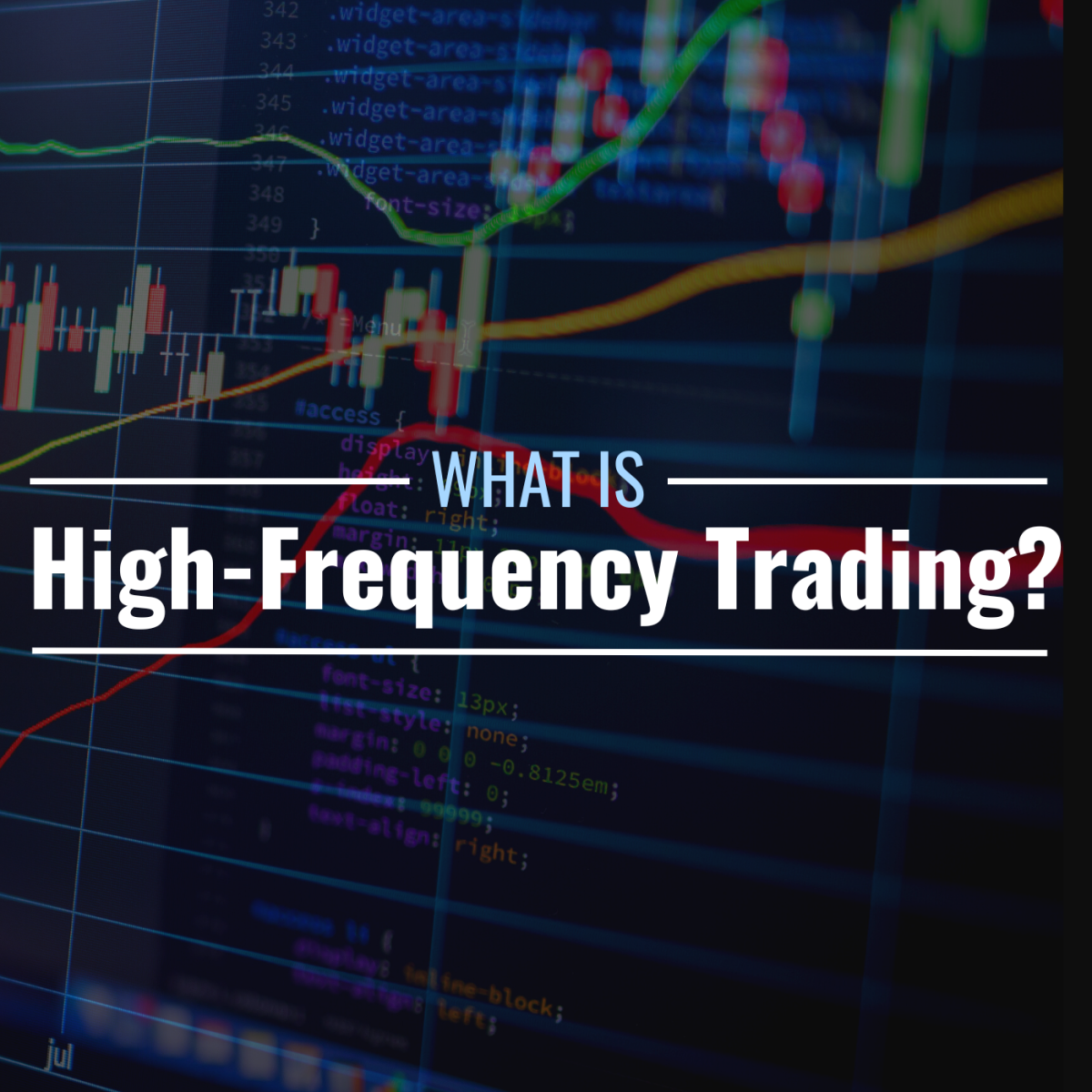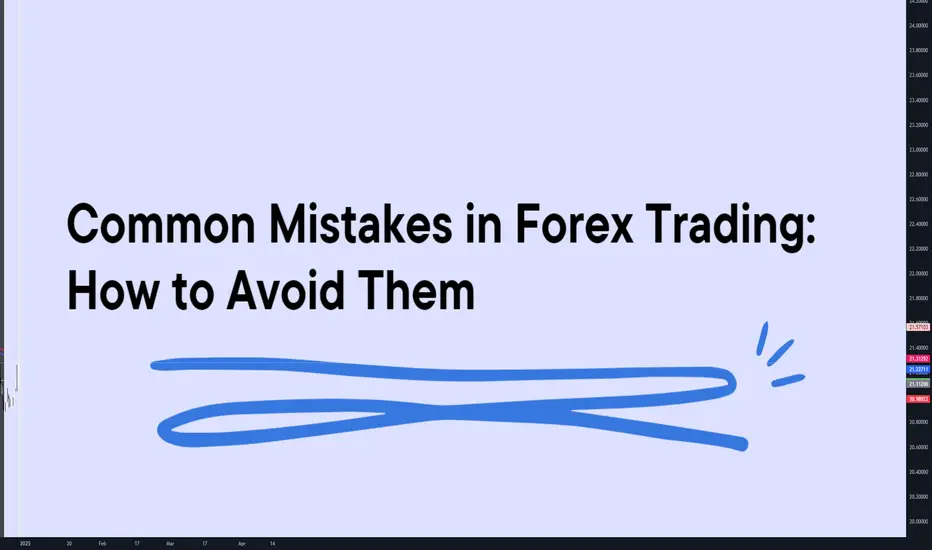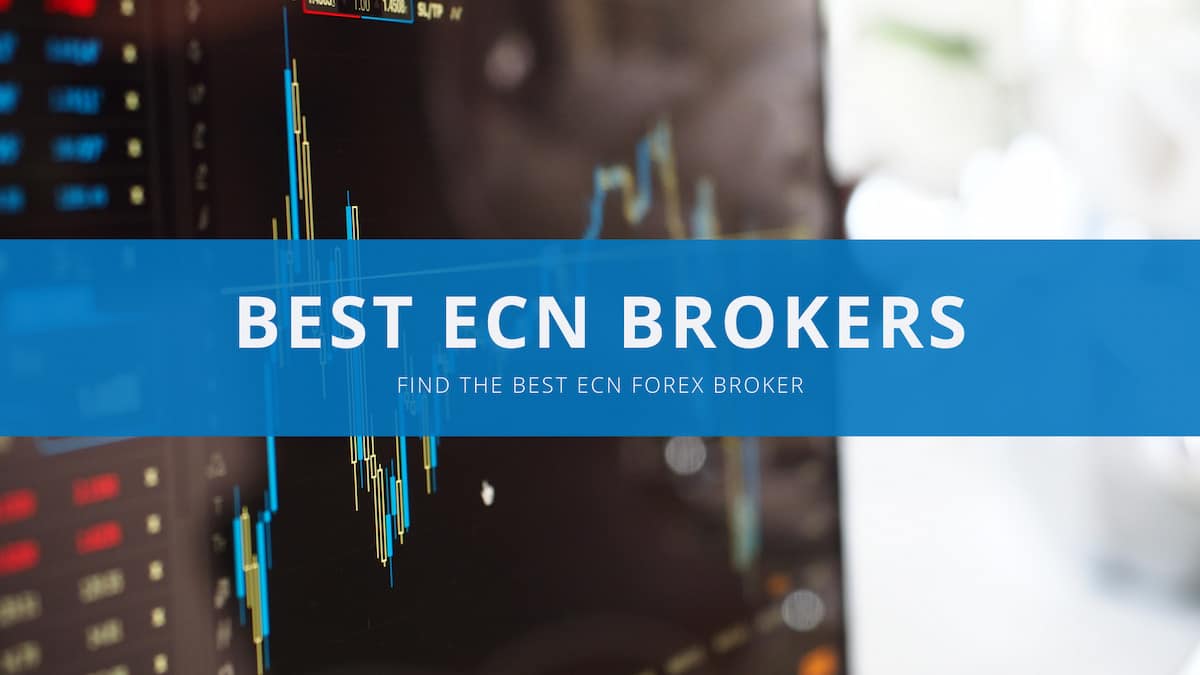High-Frequency Trading (HFT) in Forex: What You Need to Know
In the fast-paced world of Forex trading, speed and precision can be the difference between profit and loss. One of the most sophisticated forms of trading in today’s financial markets is High-Frequency Trading (HFT). Known for its incredible speed, data-driven decisions, and automation, HFT plays a significant role in the Forex market — particularly in institutional and algorithmic trading.
This article dives deep into how HFT works in Forex, its advantages and risks, the technology behind it, and what traders need to know before considering this high-speed strategy.
🔍 What is High-Frequency Trading (HFT)?
High-Frequency Trading (HFT) is a form of algorithmic trading that uses powerful computers and advanced algorithms to execute a large number of orders at extremely high speeds, often within microseconds or milliseconds. HFT systems scan multiple markets and exchanges simultaneously, identify arbitrage opportunities, and execute trades automatically.
While HFT is more common in equity and derivatives markets, it has a strong presence in Forex markets, especially among banks, hedge funds, and proprietary trading firms.
⚙️ How HFT Works in the Forex Market
HFT strategies in Forex revolve around executing numerous small-sized trades at lightning speed. These strategies typically aim to exploit tiny inefficiencies or arbitrage opportunities in the market that exist for only fractions of a second.
Key Components of HFT in Forex:
- Low-Latency Network Infrastructure
- Traders use fiber optics, co-location, and microwave technology to minimize latency and execute trades faster than competitors.
- Algorithmic Models
- Algorithms are programmed to detect price discrepancies, volume spikes, or changes in order book depth.
- Execution Speed
- Trades are placed and executed in microseconds — faster than any human could achieve.
- High Order Volume
- Thousands of trades may be placed and canceled within a single second, with the goal of profiting from very small price changes.
📊 Popular HFT Strategies in Forex
1. Latency Arbitrage
This strategy exploits delays between price quotes from different brokers or liquidity providers. The HFT system reacts to price changes on one feed before they update on another.
2. Quote Stuffing and Spoofing (Controversial and often illegal)
Some HFT bots flood the market with orders to confuse competitors or to create false signals. These tactics are monitored and banned by many regulators.
3. Market Making
HFT firms act as market makers by continuously posting buy and sell orders. They profit from the bid-ask spread, assuming they can exit their positions quickly.
4. Statistical Arbitrage
HFT systems use historical price correlations between currency pairs to identify mispricings and place rapid trades to exploit them.
🏦 Who Uses HFT in Forex?
HFT is primarily dominated by:
- Large institutional investors
- Proprietary trading firms
- Hedge funds
- Prime brokers
Retail traders rarely use true HFT due to high infrastructure costs and lack of direct access to ultra-low-latency connections.
💡 Technology Behind HFT
HFT depends heavily on state-of-the-art technology:
- Supercomputers with multi-core CPUs and GPUs
- Colocation near Forex liquidity providers or ECNs
- Direct Market Access (DMA)
- Advanced programming in C++, Java, or Python
- Real-time data feeds and tick-level analysis
📈 Benefits of HFT in Forex
| Benefit | Explanation |
|---|---|
| ⚡ Speed | Microsecond execution enables traders to beat the competition to profitable trades. |
| 📉 Low Spreads | HFT contributes to tighter bid-ask spreads, improving liquidity. |
| 🔁 Arbitrage | Takes advantage of temporary mispricings between currency pairs. |
| 📊 Volume | Enhances market volume and depth, especially in major currency pairs. |
⚠️ Risks and Drawbacks of HFT in Forex
| Risk | Explanation |
|---|---|
| 🚨 Market Volatility | HFT can increase short-term volatility, especially during news releases. |
| 💻 Technology Dependence | Relies heavily on system stability, uptime, and fast internet — failures can be costly. |
| 🧩 Complexity | Understanding and developing HFT strategies requires expertise in programming and quantitative finance. |
| ⚖️ Regulation | Some HFT strategies are frowned upon or outright banned by regulators. |
| 👨💻 Inaccessibility | Out of reach for most retail traders due to infrastructure and capital requirements. |
📜 Regulatory Considerations
HFT in Forex is subject to increased scrutiny from regulators. Authorities like the Commodity Futures Trading Commission (CFTC), European Securities and Markets Authority (ESMA), and others have introduced rules to limit:
- Spoofing and quote stuffing
- Excessive order-to-trade ratios
- Market manipulation using algorithms
Many brokers have added HFT filters to their systems, particularly retail Forex brokers, to reduce abuse.
👨💼 Can Retail Traders Compete with HFT?
In reality, retail traders cannot compete directly with HFT firms due to:
- Lack of access to institutional liquidity
- No colocation or low-latency access
- Delays from order execution and broker intervention
- Less sophisticated infrastructure
However, retail traders can adapt by:
- Avoiding trading during high-volatility, news-driven moments dominated by HFT
- Using swing or position trading strategies based on broader price movements
- Leveraging brokers that offer fair execution and low slippage
🛠 Tools Retail Traders Can Use (Instead of HFT)
- VPS (Virtual Private Server): Helps reduce latency, useful for EAs (Expert Advisors)
- Fast Execution Brokers: ECN/STP brokers with tight spreads
- Algorithmic Trading Bots: Automate strategies on MetaTrader 4/5
- Latency Monitoring Tools: Tools like PingPlotter to measure response times
🧠 HFT and the Forex Ecosystem
HFT plays a dual role in the Forex world. On one hand, it provides liquidity, efficiency, and price discovery. On the other, it introduces challenges such as uneven playing fields and volatility spikes.
Understanding how HFT works gives traders insight into why price moves rapidly, how spreads tighten, and where liquidity clusters might exist.
✅ Conclusion
High-Frequency Trading in Forex is an advanced and powerful approach used by institutional players to capitalize on tiny price movements at lightning speed. It’s built on cutting-edge technology and requires extensive infrastructure, making it largely inaccessible to retail traders.
That said, understanding HFT can help every Forex trader become more aware of the forces shaping the market, especially in times of high volatility or unexpected price moves. Whether you’re a scalper, day trader, or long-term investor, knowing how HFT affects Forex liquidity, execution, and spreads can sharpen your trading strategy.




